pv magazine: A number of companies in India are venturing into lithium battery manufacturing for applications like electric vehicles (EVs)? Do you feel there is enough demand to justify the cost of setting up manufacturing operations?
Naveen Sharma: Li-ion storage has already witnessed acceptance in telecom towers, electric vehicles and large-scale solar integration projects. It has a huge potential in grid stability, ancillary market and power back-ups. It has evolved rapidly with a wide range of cell technologies and system architectures available in the market.
The distributed advanced storage deployment in the country has already crossed the 3 GWh benchmark, thanks to telecom and related sector applications.
The EV market is also gaining momentum in India due to the ambitious plans and initiatives of the government. In early 2018, the Ministry of Power launched the new National Electric Mobility Programme to focus on creating the charging infrastructure and a policy framework to set a target of more than 30% electric vehicles by 2030.
The government is making sincere efforts and progress toward creating the emergence of a grid-scale energy storage demand, specifically in EVs and by adding energy storage to renewable plants.
India has set a target of installing 175 GW of solar and wind by 2022. This might boost demand for energy storage, which is becoming increasingly competitive as the cost of lithium-ion batteries falls.
All these initiatives are likely to change the current scenario.
Recently, Prime Minister Narendra Modi’s cabinet approved a National Mission on Transformative Mobility and Battery Storage, under which two phased manufacturing programmes will be introduced across the country. The first of these will support the setting up of battery gigafactories across India, while the second will focus on electric vehicle manufacturing.
Initially, there might not be volume requirements to justify the cost of setting up the Lithium-ion battery energy storage manufacturing set-up in India and optimally run GW scale manufacturing business. However, this may change very quickly with future and other captive requirements.
pv magazine: Given that India lacks raw material like Lithium and depends on import, are we going to end up with solar panel like situation, where our batteries aren’t able to compete with imports on cost?
Naveen Sharma: Building energy storage systems requires a complete ecosystem from raw materials, to processed specialty materials and other components for manufacturing. So it may take India some time to be able to compete with the large Chinese manufacturing plants on price.
But some of the concerns about supply chain (particularly about lack of lithium) are highly exaggerated. Some Indian players including India Energy Storage Alliance (IESA) are working closely with NITI Aayog and various concerned government departments to re-evaluate raw material availability and also helping in forging international tie-ups to secure the supply chain for Indian manufacturing plants.
The government has already started discussions with resource-rich countries such as Bolivia and Australia.
The Indian government is looking to address any imbalance due to scale or external government incentives for international suppliers, through a combination of incentives for domestic manufacturing and by increasing import duties on Li-ion cells.
pv magazine: Of late, solar tenders have been floated with requirements for grid-scale storage. How do you see the storage component getting fulfilled?
Naveen Sharma: Various government agencies have already issued more than five requests for proposals (RFPs) for renewable integration with storage. This includes a SECI tender for setting up of 20 MW of floating solar PV projects with 60 MWh battery energy storage system (BESS), on a turnkey basis, in the union territory of Lakshadweep at multiple locations. Another large tender by a transmission utility has called for 400 MW of energy storage solution with 3-8 hours of discharge per day.
Currently, India has installed 14 MWh of large-scale storage for grid and renewable integration though pilot and demonstration projects at different locations. Apart from these commissioned projects, 48 MWh of energy storage projects are on the verge of tender allocation or at construction stage.
Storage companies are working with solar developers towards strategic alliances and various tactical discussions are already happening between them. Though both come from totally different technological fields, they complement each other in solving techno-commercial needs of various hybrid tenders floated by the various governments.
pv magazine: Companies ranging from conventional lead-acid battery makers to vehicle manufacturers have shown interest in Li battery manufacturing. Which of these are going to have an upper hand?
Naveen Sharma: We firmly believe that anyone having a captive market or a current big market share shall have an upper hand.
pv magazine: Finally, how can India make the most of lithium battery opportunity?
Naveen Sharma: Due to global competition and economies of scale, it is recommended that the minimum capacity for a Li-ion cell manufacturing setup is 1 GWh+ per year. Setting up 1 GWh of cell manufacturing capacity would require an investment of up to $300 million.
Looking at the potential India has to create a 10 GWh capacity by 2020, it could attract investments to the tune of $3 billion within next 3-4 years. And as this happens, ancillary development including module development, containers, transformers and inverters could need an equal amount of investment, taking the total potential to $6 billion.
This content is protected by copyright and may not be reused. If you want to cooperate with us and would like to reuse some of our content, please contact: editors@pv-magazine.com.
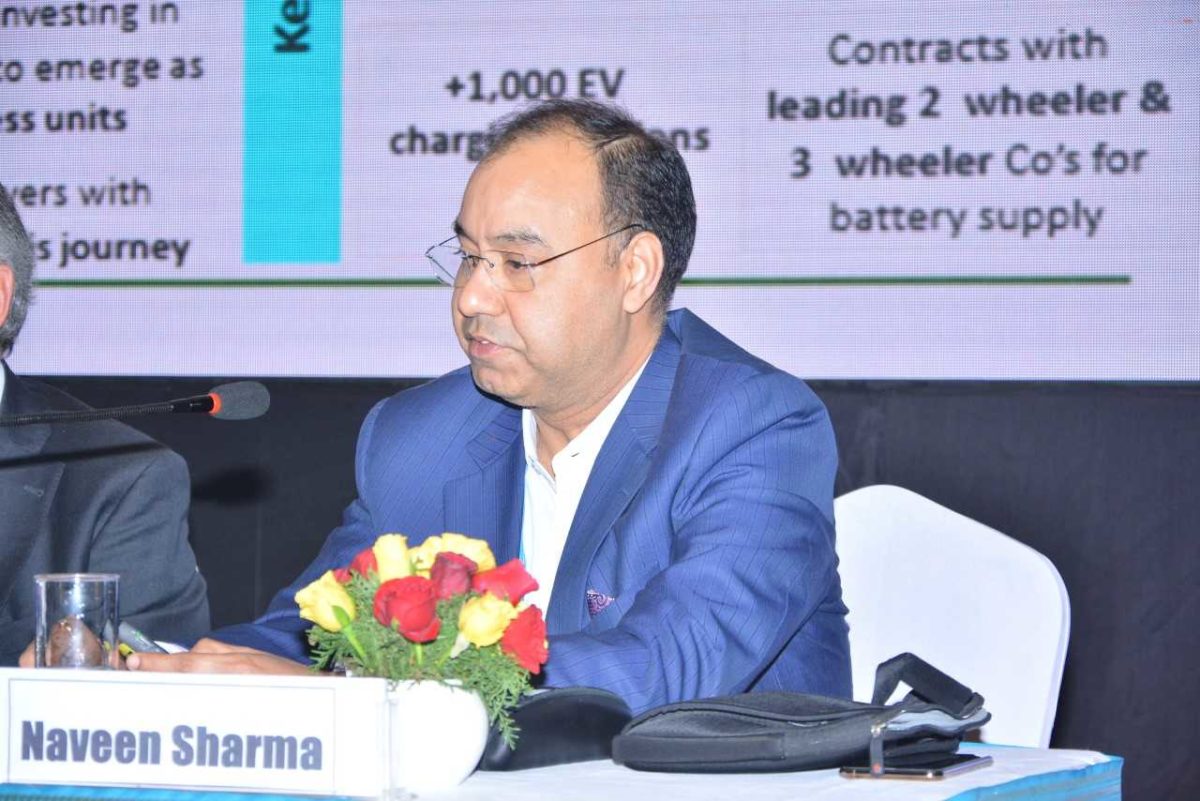
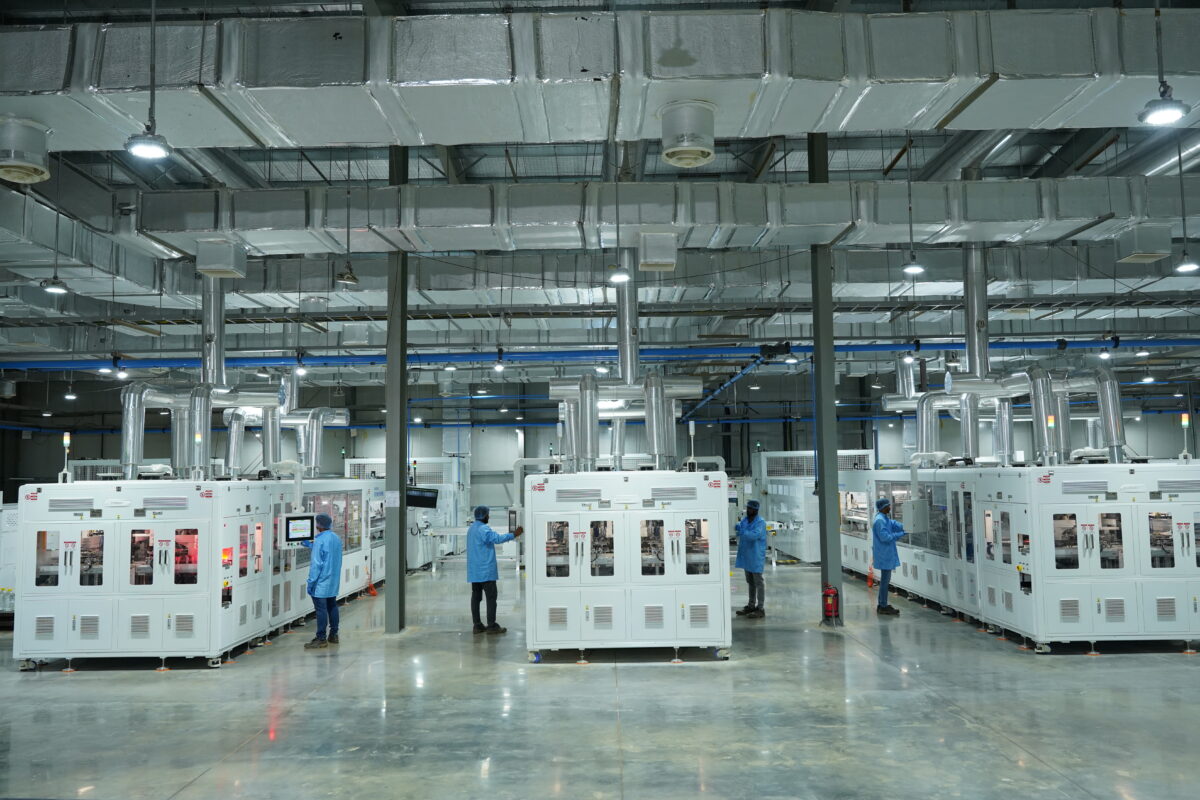




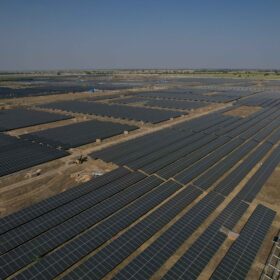
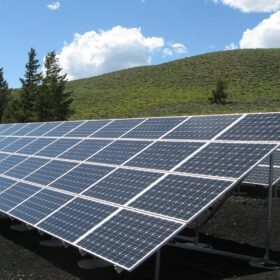
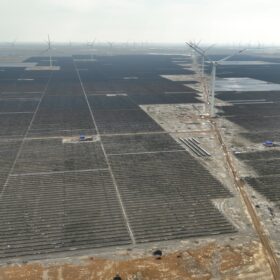
By submitting this form you agree to pv magazine using your data for the purposes of publishing your comment.
Your personal data will only be disclosed or otherwise transmitted to third parties for the purposes of spam filtering or if this is necessary for technical maintenance of the website. Any other transfer to third parties will not take place unless this is justified on the basis of applicable data protection regulations or if pv magazine is legally obliged to do so.
You may revoke this consent at any time with effect for the future, in which case your personal data will be deleted immediately. Otherwise, your data will be deleted if pv magazine has processed your request or the purpose of data storage is fulfilled.
Further information on data privacy can be found in our Data Protection Policy.